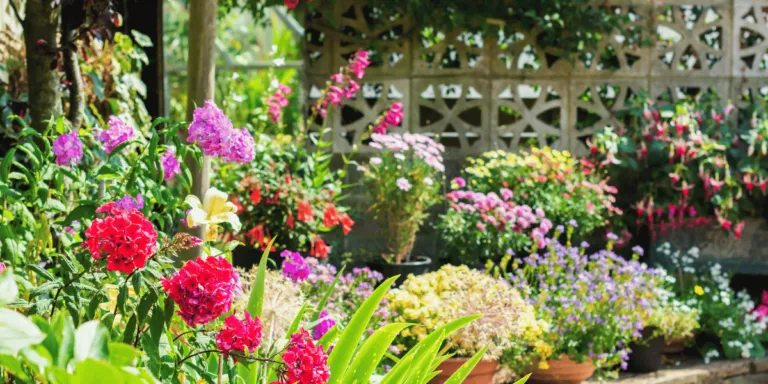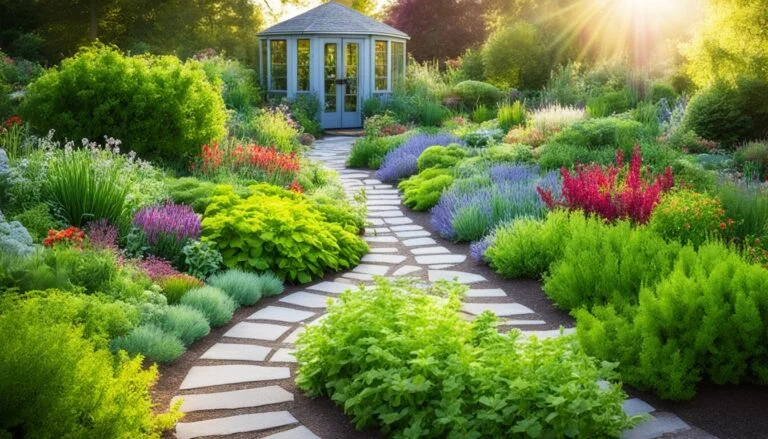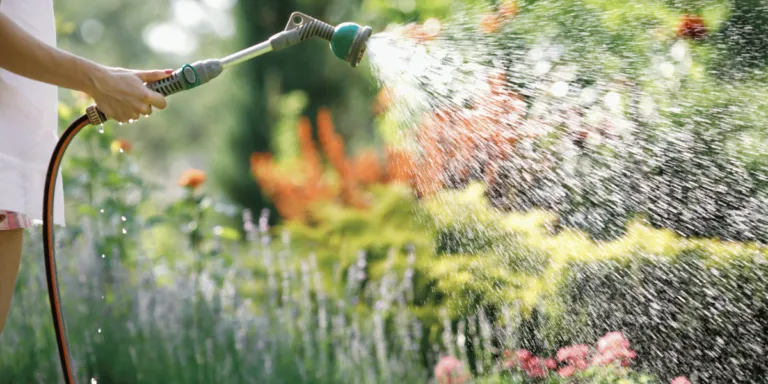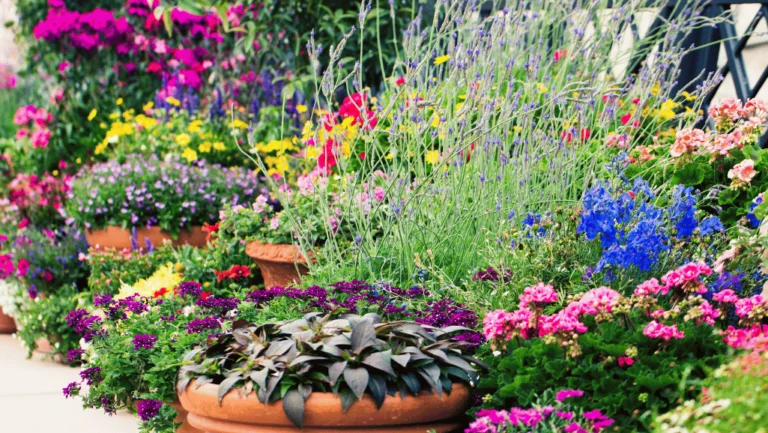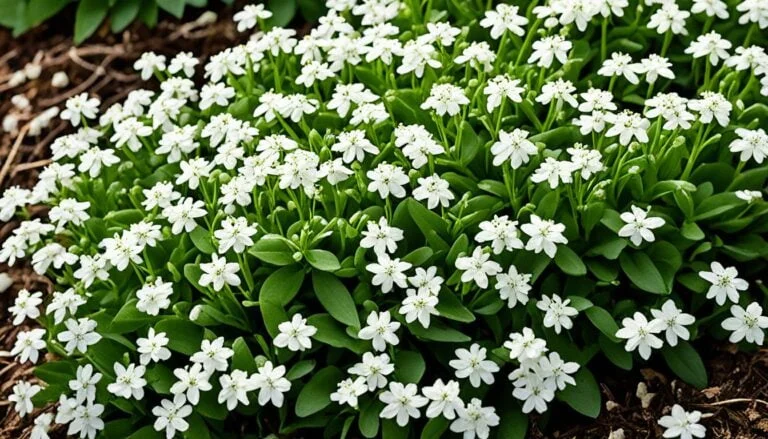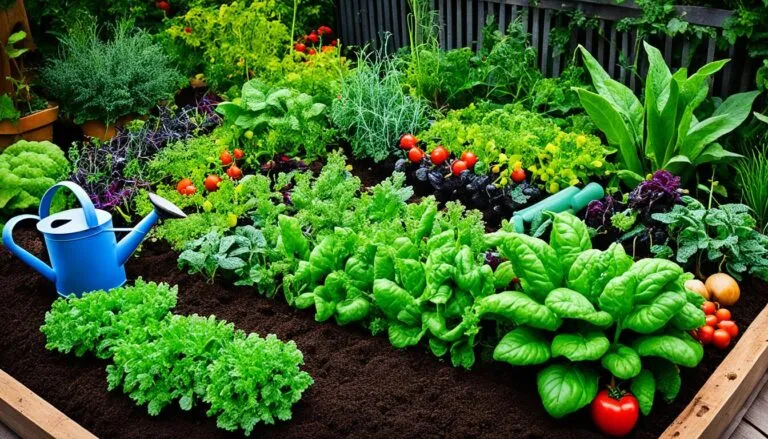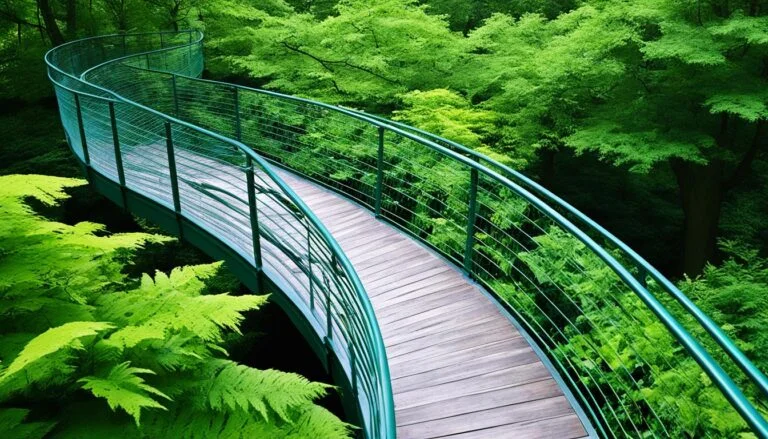When to Prune Gardenias Pruning gardenias helps them to grow well and make lots of flowers. It’s best to trim them right after they’ve bloomed, which is usually in the summer. This way, you won’t accidentally cut off any new buds for the next year. Trim dead stems during the blooming season and remove faded flowers weekly. These steps keep the plant healthy and looking good.
Key Takeaways
- When to Prune Gardenias Prune gardenias after the blooming season.
- Ensure pruning is completed before daytime temperatures fall below 65°F.
- Deadhead weekly during the blooming season to extend flower life.
- Prune both green and brown wood to set buds on both types of wood.
- Use sharp shears to prevent jagged cuts and subsequent disease.
- Disinfect pruning tools to avoid transferring pests or diseases.
- Regular watering and periodic fertilization post-pruning aid in healthy growth.
Understanding the Basic Needs of Gardenias
Gardenias are highly valued in many gardens for their sweet-smelling flowers. They need special care to grow well and be pruned right.
Ideal Climate for Gardenias
These plants love warm, damp weather. They do best in places with a lot of shade. This keeps them from getting too much harsh sunlight. They also thrive when the air is always a bit moist.
Soil and Watering Requirements
Gardenias need the right kind of soil to grow. It should drain well, be full of nutrients, and a little acidic. This supports their roots and helps them bloom brightly.
To water gardenias well, keep the soil damp but not soaked. Regular watering helps them grow thick leaves and pretty flowers. Doing this makes it easier to prune them, keeping them healthy.
| Condition | Requirement |
|---|---|
| Climate | Warm, Humid, Partial Shade |
| Soil | Well-Draining, Rich in Organic Matter, Slightly Acidic |
| Watering | Consistent, Moist but Not Waterlogged |
Pruning is simpler when the plant’s basic needs are taken care of. The right soil, regular water, and good climate set gardenias up for success. They’ll be healthy and ready to be pruned properly.
Why Pruning Gardenias is Important
Gardenias are known for their sweet-smelling flowers and waxy leaves. But, pruning is vital for their health and looks too. It’s all about keeping them in good shape, growing new flowers, and thickening blooms.
Encouraging Healthy Growth
To keep gardenias healthy, cut off any dead branches. This lets the plant use its energy for new growth. How you prune matters because gardenias flower from both brown and green wood. Always use sharp shears to avoid damaging the plant. Pruning regularly, like every two to three years, also keeps your gardenias from getting too big.
Promoting More Blooms
Pruning also makes gardenias bloom more. If you trim them after the blooming season, they will grow more buds. This leads to a bigger flower show next round. To keep things blooming, take off the old flowers each week when they’re blooming. Remember, though, don’t prune in the winter or you might lose flowers in the spring.
When to Prune Gardenias
The best time to prune gardenias is after they’ve stopped blooming, usually in the summer. It’s best to cut them then to shape the bush and take out old flowers. By doing this, you won’t lose the new flower buds for the next blooming season in the fall.
Best Time of the Year
Knowing when to prune gardenias is crucial for keeping your plants healthy. They usually bloom once every year. So, it’s smart to prune them after they’ve bloomed in the summer. This way, the plant can ready new buds for the next year’s flowers. Be sure to prune them before the weather gets too cold, around 65°F, to not harm the new growth.
Avoiding Damage to New Buds
Be careful not to cut off the buds that have started forming for the next year. Gardenias start setting these buds in the fall. It’s important to use sharp shears for a clean cut. This prevents diseases and maintains good health for the plant. It’s also a good idea not to cut more than a third of the bush to keep it happy. Doing this every other year will keep the gardenia’s size and shape just right.
Tools You Need for Pruning
Having the right tools for pruning gardenias is crucial for the best results. Choosing and caring for your tools means your gardenias will stay healthy. This helps your plants live longer and look better.
Pruning Shears and Saws
The first step to good pruning is picking the right tools. Use standard pruning shears for branches under 1.5 inches. For thicker branches, a narrow saw can be better. Always make sure your tools are sharp. Dull tools might cause harm to your gardenias. It’s also helpful to cut both yellow and green branches for many gardenia types.
Disinfecting Your Tools
Keeping your pruning tools clean is key to stopping diseases and pests from spreading. A mix of rubbing alcohol or bleach and water is a good way to disinfect them. This step is essential to keep your gardenias in top shape. It prevents harmful germs from affecting their growth or flowers.
- Sharpness: Use sharp shears to avoid jagged cuts.
- Tool Selection: Opt for standard pruning shears for branches up to 1.5 inches and a narrow-bladed saw for thicker branches.
- Disinfection: Clean tools with rubbing alcohol or bleach water to prevent disease.
When to Prune Gardenias Steps to Prune Gardenias Properly
Proper pruning is vital for gardenias to stay healthy and produce beautiful flowers. It’s important to prune them correctly, focusing on both the plant’s health and quality of the blooms. Here are key steps for precise gardenia pruning. These actions will improve the plant’s vitality.
Pinching Off Dead Stems
The first step is to remove dead stems and blossoms by pinching them off. Doing this helps the plant put its energy into growing more healthy flowers. If you do this regularly during the blooming season, the bush will look better and be healthier.
Cutting Away Oldest Branches
Next, cut half of the oldest branches right at the trunk. This creates space for new branches. When cutting, make sure your cuts are at a 45-degree angle. This helps the plant heal better and keeps its shape. It’s an essential part of pruning gardenias correctly.
Trimming to Desired Height and Shape
Finally, shape the remaining branches to the height and shape you want. Always cut just above a leaf node or a stem branch. This will encourage new growth and give you a bush that looks great. By following these steps, your gardenia will not only be healthy but also look beautiful.
Don’t cut more than one-third of the shrub at a time. This avoids stressing the plant, which could reduce its blooms and make it drop leaves. By using these top gardenia pruning techniques, your gardenias will thrive and adorn your garden beautifully.
When to Prune Gardenias Expert Tips for Gardenia Pruning
The top techniques in gardenia pruning are key for good gardenia health. Experts advise carefully trimming to keep your gardenia looking good. When you step back, you can see how to prune it to stay balanced and nice.
To trim gardenias well, it’s best to hold shears at a 45-degree angle. This angle protects the main branches as you cut. Sharp shears are a must to make clean cuts. Clean your tools with a mix of rubbing alcohol and water to stop spreading bugs and diseases.
For the best gardenia care, cut out the old, thick branches. This makes room for new growth, making your plant fuller and healthier. Trim often to keep your bush the right shape and prevent it from getting too big. Cutting half of the old branches at the trunk brings new growth where you want it.
After a big prune, let your gardenia rest before moving it. Water and feed it right with a mix rich in nitrogen. This will help it grow lush and full of flowers. With these top tips in pruning, your gardenia will be healthy, beautiful, and a star in your garden.
| Pruning Tips | Benefits |
|---|---|
| Prune after blooms fade | Prevents cutting newly set buds |
| Use sharp shears | Prevents disease from jagged cuts |
| Disinfect shears regularly | Avoids transfer of insects or diseases |
| Hold shears at a 45-degree angle | Prevents damage to main branches |
| Cut away oldest, thickest branches | Allows space for new growth |
Gardenia Pruning Schedule for Different Climates
It’s important to know the right gardenia pruning schedule for healthy, beautiful shrubs. Each climate area needs a different approach to keep gardenias looking their best. This ensures they stay healthy and bloom all year.
Pruning in Warm Climates
In places where gardenias love the weather all year, prune them after summer blooms fall. This timing lets them recover and grow new buds smoothly. The warmth of the late season helps the pruned parts grow back fast, ready to bloom again.
For pruning gardenias in [your location], use this method to keep them pretty and blooming often.
Pruning in Cooler Regions
Colder areas need special care when pruning gardenias. Pruning too early might hurt them by exposing them to chilly weather. It’s best to do this in late summer, after flowering, but before it gets cold.
This way, you won’t cut off important buds for next year’s flowers. Pruning then gives the gardenias time to heal and grow strong for winter.
Following the right seasonal care for gardenias keeps them looking great, no matter the weather. It’s smart to prune every other year to stay on top of things. Doing so really helps gardenias do well and blossom.
| Climate | Pruning Schedule | Benefits |
|---|---|---|
| Warm | Immediately after blooms fade in summer | Allows recovery, promotes new bud development |
| Cooler | Late summer, post-bloom | Avoids exposure to cold, protects new growth |
Pruning Gardenias in Different Locations
Pruning gardenias depends on where they grow. It’s important to think about their surroundings to help them flourish. Knowing what your gardenias need based on location can really boost their health and the beauty of their blooms.
Pruning Gardenias in Coastal Areas
Gardenias near the coast deal with salt in the air and strong winds. These elements can harm them. Pruning is crucial in these areas. It removes damage and lets stronger flowers grow. Trim right after the last summer flower falls. This way, the plant creates new buds for next season. It also stops them from getting too big in the good coastal conditions.
Pruning Gardenias in Urban Gardens
In cities, gardenias face space limits and air pollution. Pruning them in urban spaces is key for a smaller, sturdy plant shape. Often cutting back stops gardenias from taking over. Right after summer, trim to keep their shape. Don’t worry, it won’t stop them from flowering next year. Also, cutting off some green and brown parts helps them grow better and have more blooms.
For all gardenias, trimming every other year, or as they need it, is good. This keeps them well and not too big. Adjust how you prune based on where they grow. This will keep your gardenias looking lovely and full of life.
Seasonal Care for Gardenias Post-Pruning
After pruning your gardenias, keeping them healthy is key. It’s important to focus on watering and feeding them right.
Watering and Fertilizing
Gardenias love water so keep the soil moist. Check the soil often and water when the top layer is dry to avoid root rot. Fertilize with a special formula right after pruning to help them grow strong.
Handling Pests and Diseases
Watch out for pests and diseases after pruning. Aphids, spider mites, and mealybugs are common on gardenias. Use natural ways or insecticides to keep them away. Regularly check your plants for any issues to keep them healthy and blooming.
| Aspect | Best Practices |
|---|---|
| Watering | Check soil moisture regularly; water when dry |
| Fertilizing | Apply acid-loving plant fertilizer after pruning |
| Pest Monitoring | Inspect regularly for aphids, spider mites, and mealybugs |
| Disease Control | Use natural repellents or insecticides as needed |
Follow these steps to help your gardenias thrive after pruning. You’ll enjoy beautiful, healthy blooms.
Maintaining Gardenia Health Through Pruning
To keep your gardenias healthy for a long time, regular and careful pruning is key. It’s best to prune them every other year to promote their health while keeping them a good size. This practice ensures your gardenia shrubs stay lush and full of beautiful flowers. Also, pruning gardenias regularly removes anything dead or sick, preventing problems.
Many experts suggest summer is the best time to prune your gardenias. This is after they’ve finished blooming. Pruning then avoids hurting new growth and helps next year’s flowers be extra beautiful. However, some gardenias only bloom once a year, so it’s smart to know your plant’s type. This helps you decide the best time for pruning.
Using sharp shears is crucial for gardenia pruning. Sharp tools create clean cuts, which help the plant stay healthy. They also lower the risk of disease. Most gardenias can bloom on both old and new stems. This means you have a little leeway in your pruning methods. Pruning keeps your gardenias strong and looking good. It makes them more attractive and healthier.





